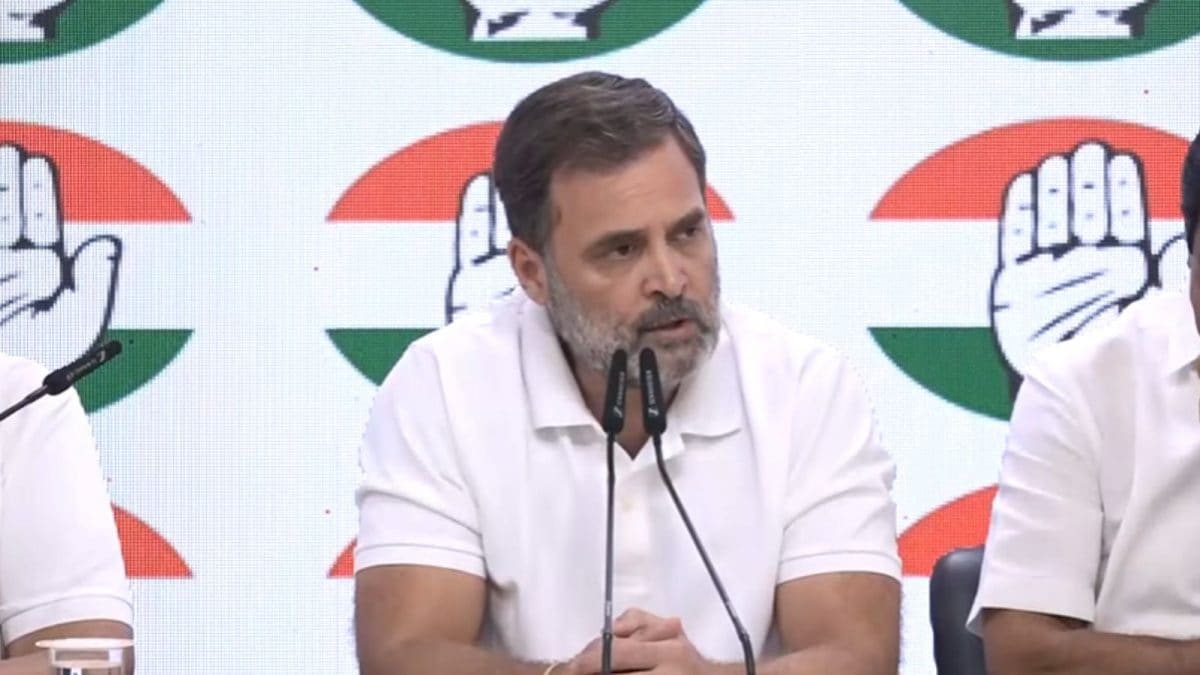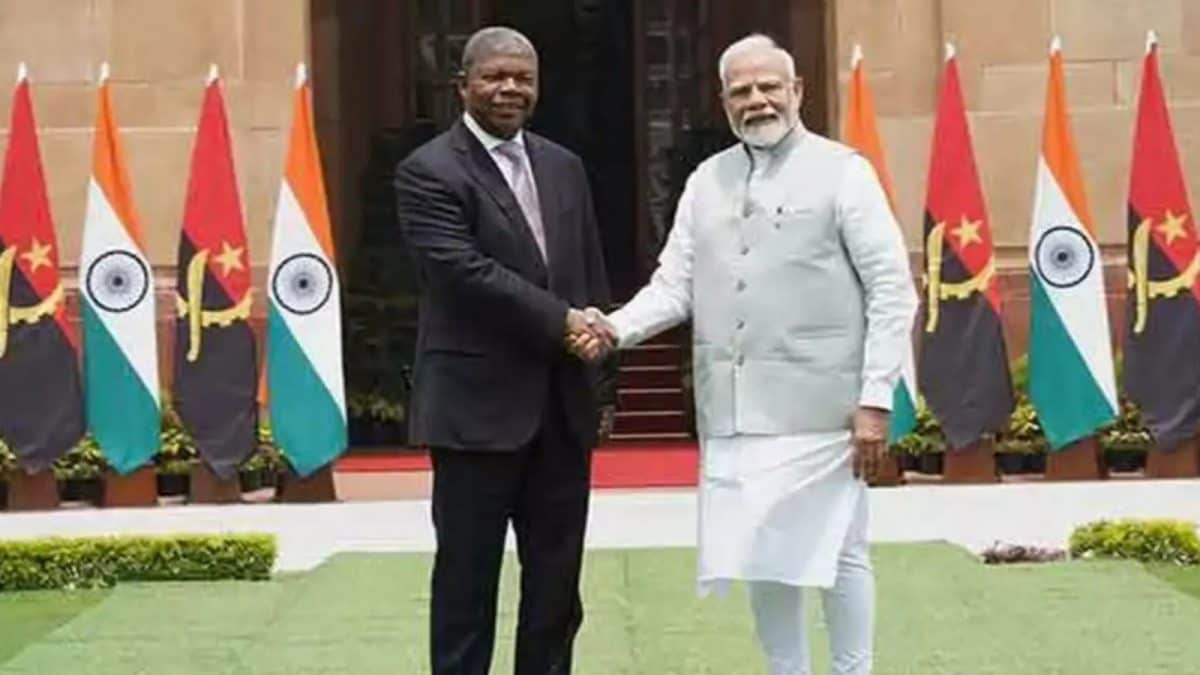Critics Continue to Shift Economic Goalposts as India Handles Pandemic Situation Well

India follows a fiscal year, April 1 to March 31, not a calendar year. A few years ago, Prime Minister Narendra Modi spoke of changing fiscal year to calendar year. Kishore Desai and I wrote a paper (floating around on the Net) explaining the benefits. However, a government-appointed committee advocated status quo and inertia. Therefore, as Annus Horribilis, 2021, comes to an end, we tend to think of economic performance in 2021-22 and not in the calendar year 2021.
Multiple criteria can be used to gauge economic performance, real GDP and GDP growth being obvious ones. In 2020-21, real GDP declined by 7.3 per cent and critics had a field day. What do you expect, with such colossal mismanagement of the economy? The gloom and doom scenario, which some critics wishfully keep thinking would come true, extended not only to economic parameters but also to the pandemic, deaths and vaccinations. Those alarming death numbers didn’t materialise, nor did the disaster vaccination was projected to be.
Ditto for the economy. India went through a severe lockdown in the first half of 2020, documented in the cross-country stringency index. Every country that went through a lockdown had an adverse economic fallout. Therefore, it was patently obvious that once the lockdown was out of the way, economic growth would recover. Interpreted thus, a “V” shaped recovery was tautological and statistical. This was vindicated (mildly) in Q4 of 2020-21 and more robustly in Q1 and Q2 of 2021-22. Non-government forecasters now expect real growth in 2020-21 to be at least 9.5 per cent. (Yes, there is uncertainty about Omicron and other variants. But given vaccination numbers and better-equipped medical systems, infections will not result in high mortality. Nor is a country-wide lockdown likely.)
The hallmark of a successful critic is an ability to change goalposts, spliced with amnesia about one’s own incorrect prognostications. Hence, there are ways to demur. That 9.5 per cent growth is because of the base effect. Part is certainly explained by the base effect, but all of it? If there was a 7.3 per cent decline, followed by 9.5 per cent growth, there must be some net real growth. But this is growth, not levels. The absolute level of GDP is still lower than in March 2019. After the Q2 figures of 2021-22, in constant prices, that’s not true either.
I don’t need to cite figures to show that across indicators, recovery has been robust, extending even to contact-intensive sectors like travel and tourism. Of the four drivers of growth, three — consumption, government expenditure and net exports — have fared well. Therefore, the critic changes tack. What about investments? As capacity utilisation improves and is facilitated by the production-linked incentive scheme, it is difficult to argue that the investment cycle won’t recover, with a time lag. (Import of capital goods is an indication.)
An alternative critic’s tack is to argue that real growth will not spill over into 2022-23. With construction and contact-intensive sectors recovering in 2022-23, no forecaster expects real growth in 2022-23 to be less than 7 per cent. Thus, there is not much wind in that sail either. One option is to shift the goalpost to 2023-24 and argue that, beyond 2022-23, the growth trajectory won’t be over 5.5 per cent, or thereabouts. With many of the government’s supply-side measures kicking in, that’s a dubious proposition. But 2023-24 is too far away.
More critics prefer to harp on poverty and inequality. Poverty is absolute, inequality is relative. About 200 million Indians and more have been pushed below the poverty line because of the pandemic. Stuff like that, with no evidence to back the assertion. For the record, no consumption expenditure distribution data, used to calculate poverty, exist after 2011-12 and Niti Aayog’s recent multi-dimensional poverty index doesn’t permit comparisons over time. Poverty, however measured, no doubt exists and the lasting solution is growth and productivity, the latter triggered by reforms in factor markets.
Within factor markets, the land is in State List and labour is in the Concurrent List. That apart, dashboards show improved delivery of physical and social infrastructure since May 2014, aggregated by Economic Survey in a basic necessities index. This has been marked in the rural sector, now vindicated by the National Family Health Survey-5, conducted in the midst of the pandemic.
While poverty exists, is there any evidence to indicate it has worsened because of COVID-19? I mean evidence for India, not for other countries. There is no, certainly no all-India evidence. I can make a plausible argument about exogenous medical costs pushing people below the poverty line. By the same logic, growth pushes people above the poverty line. In other words, there is no doubt that the pandemic has been a shock. But for government intervention, it would have been worse.
It transpires that the so-called evidence, largely anecdotal, is limited to urban India and arguments about a “K” shaped recovery, underlining inequality, are based on the urban labour market stagnating. There is an urban employment problem, especially among the young, but it predates the pandemic and May 2014. Female work participation rates have declined since 1999 and male ones since 2004. There are issues connected with generating off-farm employment opportunities (reforming agriculture is a key), generating skills required by the market, efficient disintermediation of supply and demand for labour (number of registrations under e-Shram is remarkable) and labour law changes (contingent on States).
Even if one nets out increased enrolment in higher education, there is no denying there is an employment problem among the young. That granted, two points need to be conceded. First, as construction, trade and transportation recover, with a time-lag, so will employment. Second, if an economy grows at say 7 per cent (the 2022-23 number), if there is no employment growth, productivity must grow by 7 per cent. That’s definitional. No one can really argue productivity will grow at 7 per cent. Ipso facto, there is a difference between saying there is no employment growth and saying there is not enough employment growth. The second is a valid argument, the first is perverse.
Of course, the Wuhan virus was a shock, for India, as it was for the rest of the world. Given that, I think the government has handled the situation rather well. This will be confirmed by economic data, as and when they surface, and critics can change the goalposts again.
The author is the chairman of the Prime Minister’s Economic Council and a well-known Sanskrit scholar. The views expressed in this article and those of the author and do not represent the stand of this publication.
Read all the Latest News, Breaking News and Coronavirus News here.
Source link






